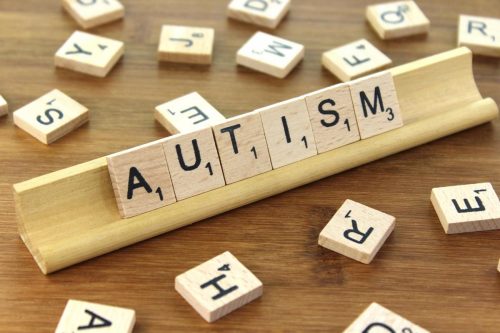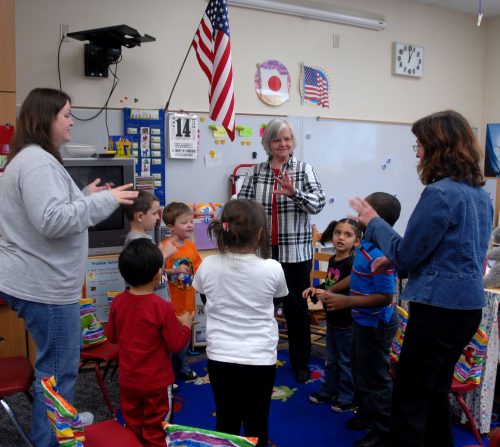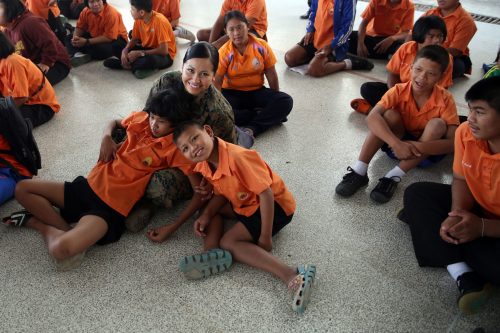The difficult thing parents have to deal with when it comes to Autism Spectrum Disorder (ASD) is the “disorder” itself on the children, making parents more concerned than regular about the future of their children.
With education systems and curricula becoming more and more stringent in a bid to produce the best and brightest, society perceives the cost of success as terrifyingly taxing on the lives of younger generations. These millennials are the most stressed generation following the pressure to succeed that comes from their predecessors and the society itself today.

“Our society tells us that if you talk about your issues, express your feelings, or even verbalize you have a mental health disorder, you must be “weak.”,” says Ryan Parks, M.Ed, LPCC. It is normal to be disheartened whenever this realization hits you and to worry about how the children will succeed. What future do the children have? Does being diagnosed with ASD equate to settling rather than winning in life for them?
These questions are haunting, but there is strength in facing it, as these questions are simply a testament to the uncontested truth in this world: that parents unconditionally love and would always want what’s best for their children.
What’s best for the children starts with the understanding that autism doesn’t mean your child can’t become the best. He or she can, and will, following the right guidance and love from you.
This article will likewise guide you in creating the perfect learning and developmental environment, taking into account what’s best for children with autism.
The Perfect Learning Environment For All
Contrary to preconceived notions, there are no major differences when it comes to defining what a perfect learning environment for children with autism is relative to their typically developing peers. The characteristic of such an ideal environment is the same across the board. “Being diagnosed with Autism does not have not to impact you negatively. People with Autism can live fulfilling and meaningful lives. It is about learning the tools and skills that can help lead to success.” That’s what John Cutrone, LMHC, MCAP, CAS said.

Among all factors, it should be safe first and foremost. It should brim with positive energy, filled with encouragement, but at the same time, challenging and intellectually stimulating. Whether the child is with or without ASD symptoms, these factors are best suited to nurture and develop him or her for a bright future ahead.
Where the consideration for someone with ASD comes in, however, is in two slight modifications of the learning environment: sensory adjustment and spatial consideration.
Considering Sensory Adjustments
“There are sensory issues to consider, educational decisions to be made, medical interventions, safety concerns, and therapeutic decisions, to name just a few.” Janeen Herskovitz, MA, LMHC said. Children with ASD are often characterized by having short attention spans. They also have difficulty in managing their sensory environment. Compared to others, they may receive the stimuli differently and thus, respond in a way that is somehow different than what most are accustomed to. As such, it is important to consider the issues even to seemingly simple decisions such as picking furniture.
What may best help can be as simple as choosing furniture that sports simpler designs than those that stand out and further grab attention or opting for carpets to dampen sounds of footsteps within the learning environment.
Consider Spatial Allocations
Aside from the observation on short attention spans, children with autism are extra allured by visual imagery. From these two findings, another factor that can encourage focus from children with ASD is a wise allocation of space within the learning environment.

A wide arrangement may not be a wise choice as it allows open areas or windows for distractions to the children. Conversely, having a narrow setup helps set the focus towards an intended learning source such as an instructor in the front middle area. It is recommended to even consider relatively smaller sized rooms for the same purpose and effect.
Looking at the two factors emphasized, parents should realize that it doesn’t take much to create the perfect learning environment for their children. It requires no monumental change but following these simple steps, opens huge possibilities from the improved focus and lessened distractions in the learning process. Children can become their best with parents who give it their best in supporting them regardless of ASD.
